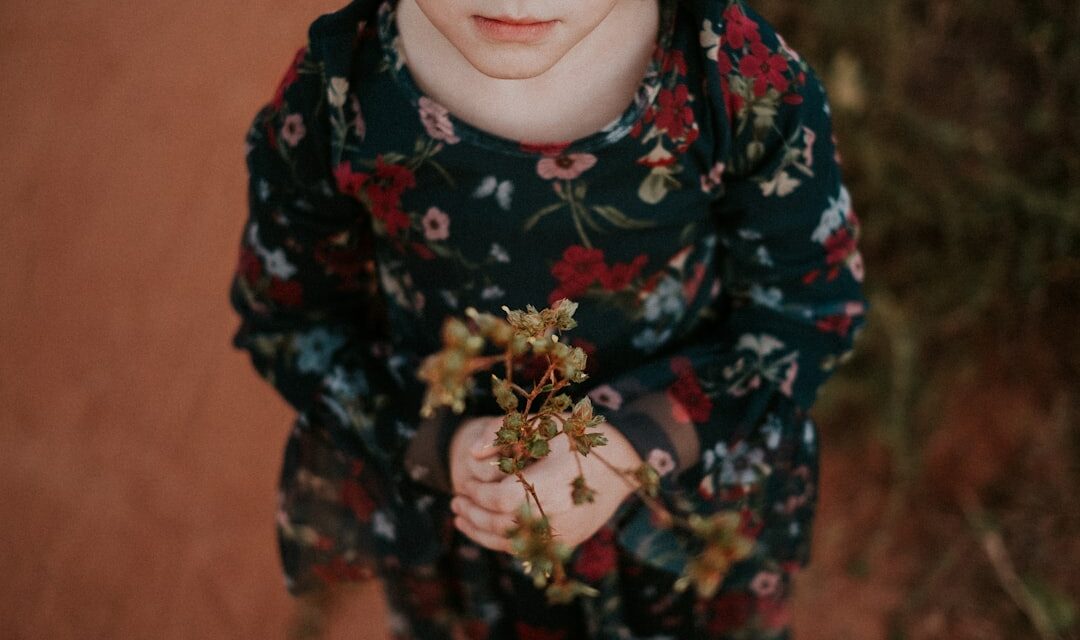Hans Holbein the Younger was born in Augsburg, Germany, in 1497, into a family of artists. His father, Hans Holbein the Elder, was a respected painter and a member of the local guild, which undoubtedly influenced the young Holbein’s early exposure to the world of art. Growing up in a household steeped in creativity, Holbein was encouraged to explore his artistic talents from a young age.
Holbein’s education began in earnest when he became an apprentice to his father. This apprenticeship provided him with a solid foundation in the techniques of painting and drawing, as well as an understanding of the artistic conventions of the time.
After his father’s death in 1524, Holbein moved to Basel, Switzerland, where he further honed his skills under the tutelage of renowned artists such as Hans Burgkmair and the influential printmaker, Hans Holbein the Elder. In Basel, he was exposed to humanist ideas and the works of classical antiquity, which would later inform his own artistic vision. His time in this intellectually stimulating environment allowed him to develop a unique style that would set him apart from his contemporaries.
Summary
- Hans Holbein was born in Augsburg, Germany, and received his early artistic training from his father, Hans Holbein the Elder.
- Holbein’s style was characterised by meticulous attention to detail, precise rendering of textures and surfaces, and a sophisticated use of light and shadow.
- He gained patronage from prominent figures such as Thomas More and Thomas Cromwell, producing striking and lifelike portraits that captured the essence of his subjects.
- Holbein’s time in England allowed him to immerse himself in the Renaissance movement, incorporating new artistic techniques and ideas into his work.
- His portraits of Henry VIII and his court, as well as religious works like “The Ambassadors,” are some of his most renowned and influential pieces.
Holbein’s Style and Techniques
Holbein’s artistic style is often characterised by its meticulous attention to detail and a keen sense of realism. He employed a technique known as “glazing,” which involved layering thin washes of paint to create depth and luminosity in his works. This method allowed him to achieve a remarkable level of precision in his portraits, capturing not only the physical likeness of his subjects but also their psychological depth.
His use of colour was equally sophisticated; he often employed a muted palette that enhanced the naturalism of his figures while allowing for subtle variations in tone. In addition to his technical prowess, Holbein’s compositions are notable for their clarity and balance. He had an innate ability to arrange figures within a space in a way that felt both dynamic and harmonious.
This skill is particularly evident in his portraiture, where he often placed subjects against simple backgrounds that emphasised their presence without distraction. Holbein’s keen observational skills allowed him to capture intricate details such as fabric textures and facial expressions, making his subjects appear lifelike and relatable.
Portraiture and Patronage
Holbein’s reputation as a portraitist grew rapidly during his career, attracting the attention of influential patrons across Europe. His ability to convey the character and status of his subjects made him a sought-after artist among the nobility and wealthy merchants. The portraits he created were not merely likenesses; they served as powerful statements of identity and social standing.
Holbein understood that a portrait could encapsulate an individual’s essence, and he approached each commission with a deep sense of responsibility. His work for prominent figures such as Erasmus of Rotterdam and Thomas More exemplifies this understanding. In these portraits, Holbein captured not only the physical attributes of his subjects but also their intellectual gravitas and moral integrity.
The meticulous detail in their clothing and accessories further emphasised their social status, while their expressions conveyed a sense of introspection and depth. Holbein’s portraits became valuable assets for his patrons, serving as both personal mementoes and public declarations of their importance within society.
The Influence of the Renaissance
The Renaissance was a period of profound cultural transformation that profoundly influenced Holbein’s artistic development. Emerging from the shadows of medieval art, this movement celebrated humanism, individualism, and a renewed interest in classical antiquity. Holbein was deeply inspired by these ideals, which encouraged artists to explore the human experience with greater depth and complexity.
The emphasis on observation and realism during this period resonated with Holbein’s own artistic sensibilities. Moreover, the Renaissance fostered an environment where artists could engage with new ideas and techniques from across Europe. Holbein’s exposure to Italian Renaissance masters such as Leonardo da Vinci and Raphael enriched his understanding of composition and form.
He assimilated these influences into his own work while maintaining a distinct Northern European sensibility. This synthesis of styles allowed Holbein to create art that was both innovative and reflective of the cultural currents of his time, bridging the gap between Northern and Southern European traditions.
Holbein’s Time in England
Holbein’s journey to England marked a significant turning point in his career. He first arrived in London around 1526, where he quickly established himself within the vibrant artistic community. The English court was undergoing a transformation under King Henry VIII, who sought to assert his power through art and culture.
Holbein’s arrival coincided with this shift, providing him with ample opportunities to showcase his talents to an eager audience. During his time in England, Holbein produced numerous works that captured the essence of Tudor society. His portraits not only depicted the physical likenesses of his subjects but also conveyed their personalities and social dynamics.
The artist’s ability to navigate the complexities of court life allowed him to forge relationships with influential figures, including Thomas Cromwell and Anne Boleyn. These connections further solidified his position as one of the leading artists of his time, enabling him to secure prestigious commissions that would define his legacy.
The Tudor Court and Royal Portraits
Holbein’s association with the Tudor court is perhaps one of the most defining aspects of his career. His portraits of King Henry VIII are iconic representations of power and authority, capturing the monarch’s imposing presence with remarkable accuracy. Holbein’s ability to convey Henry’s larger-than-life persona through careful attention to detail—such as the intricate patterns on his garments and the regal posture he adopted—ensured that these works would become emblematic of Tudor portraiture.
In addition to Henry VIII, Holbein painted numerous members of the royal family and court officials, each portrait reflecting their unique personalities and social standings. His work for figures such as Jane Seymour and Anne of Cleves showcased not only their physical beauty but also their roles within the complex tapestry of Tudor politics. Through these portraits, Holbein contributed significantly to the visual narrative of the Tudor dynasty, creating images that would endure long after their subjects had passed from history.
Religious Works and Iconography
While Holbein is best known for his portraiture, he also produced significant religious works that reflect the spiritual concerns of his time. His altarpieces and devotional paintings often incorporated intricate iconography that conveyed complex theological ideas. One notable example is “The Ambassadors,” which features a wealth of symbols representing various aspects of knowledge, faith, and mortality.
This painting exemplifies Holbein’s ability to weave together visual elements that invite contemplation and interpretation. Holbein’s religious works were deeply influenced by the Protestant Reformation, which was reshaping religious practices across Europe during his lifetime. His engagement with these themes is evident in works such as “The Body of the Dead Christ in the Tomb,” where he presents a stark yet poignant depiction of Christ’s sacrifice.
The emotional weight of this piece reflects Holbein’s ability to convey profound spiritual truths through visual means, demonstrating that he was not only a master portraitist but also an artist capable of addressing complex religious themes.
Holbein’s Legacy and Influence
Holbein’s impact on the art world extends far beyond his lifetime; he left an indelible mark on subsequent generations of artists. His innovative approach to portraiture set new standards for realism that would influence artists across Europe well into the Baroque period and beyond. The clarity and precision with which he rendered human figures became a benchmark for portraitists who sought to capture not just likeness but also character.
Moreover, Holbein’s ability to blend Northern European traditions with Italian Renaissance influences created a unique artistic language that resonated with many artists who followed him. His work inspired figures such as Anthony van Dyck and Peter Paul Rubens, who admired his mastery of colour and composition. Even today, contemporary artists continue to draw inspiration from Holbein’s techniques and thematic explorations, ensuring that his legacy endures within the ever-evolving landscape of art.
The Holbein Workshop and Collaborations
Holbein established a workshop in London that became a hub for artistic activity during his time there. This workshop not only allowed him to manage multiple commissions simultaneously but also provided opportunities for collaboration with other artists and craftsmen. The collaborative nature of this environment fostered creativity and innovation, resulting in works that combined various artistic talents.
The workshop produced not only paintings but also designs for prints, textiles, and decorative arts, showcasing Holbein’s versatility as an artist. His collaborations extended beyond mere production; they involved sharing ideas and techniques that enriched the artistic community in England. This spirit of collaboration contributed significantly to the flourishing art scene during the Tudor period, making Holbein’s workshop an essential part of England’s cultural landscape.
Rediscovery and Recognition
Despite being celebrated during his lifetime, Holbein’s work experienced periods of obscurity following his death in 1543. It was not until the 19th century that art historians began to rediscover his contributions to portraiture and religious art. The Victorian era saw a renewed interest in Renaissance artists, leading to exhibitions that showcased Holbein’s masterpieces alongside those of other greats from history.
This rediscovery prompted scholars to reassess Holbein’s significance within the broader context of art history. His meticulous technique and innovative approach were recognised as pivotal developments in portraiture that paved the way for future generations. Today, exhibitions dedicated to Holbein continue to draw large audiences, reflecting both public fascination with his work and scholarly interest in understanding his impact on art.
Holbein’s Most Famous Works
Among Holbein’s extensive oeuvre, several works stand out as particularly iconic. “The Ambassadors,” painted in 1533, is often regarded as one of his masterpieces due to its intricate symbolism and masterful composition. The painting features two men surrounded by objects representing various fields of knowledge—science, music, religion—inviting viewers to contemplate the interconnectedness of human experience.
Another notable work is “Portrait of Henry VIII,” which captures the king’s imposing presence with striking realism. This portrait has become synonymous with Tudor iconography, embodying both the power dynamics of its time and Holbein’s exceptional skill as a portraitist. Additionally, “The Madonna with the Dead Christ” showcases Holbein’s ability to convey deep emotional resonance through religious imagery.
In conclusion, Hans Holbein the Younger remains one of history’s most significant artists whose contributions continue to resonate within the world of art today. From his early life in Augsburg to his influential role at the Tudor court, Holbein’s journey reflects not only personal achievement but also broader cultural shifts during one of history’s most transformative periods. His legacy endures through both his remarkable body of work and the lasting impact he has had on generations of artists who followed him.
For those interested in exploring different materials in art, Beyond Spray Paint: Experimental Materials in Urban Art is a fascinating read. This article delves into the innovative ways artists are using unconventional materials to create urban art pieces that push boundaries and challenge traditional techniques. Hans Holbein the Younger’s work is a prime example of how artists can experiment with materials to achieve stunning results, making this article a valuable resource for anyone looking to expand their artistic horizons.


